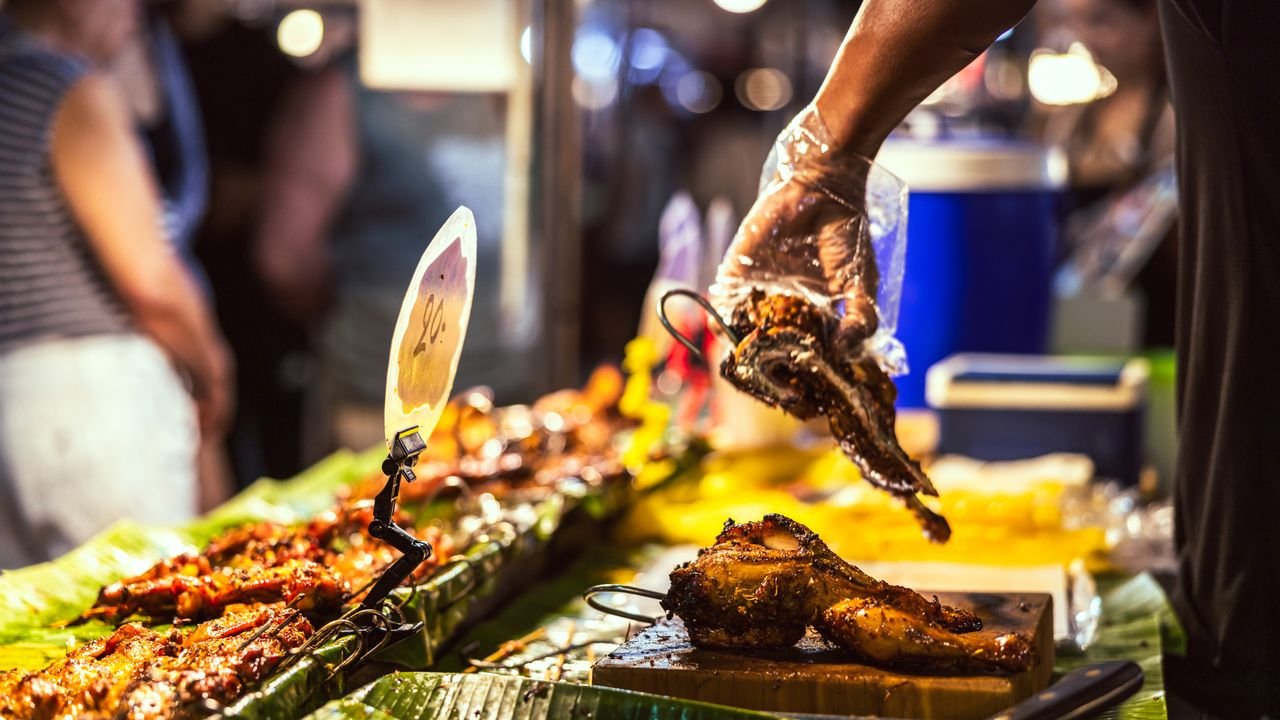There’s a subtle but significant difference between eating while you travel and travelling for food. The former is instinctive, you sit down at a corner stall or a family-run restaurant after a day of sightseeing and taste what the city has to offer. But the latter is a different kind of love affair with place: it’s chasing the story of a dish to its birthplace, following ingredients back to the farms, watching recipes that have been handed down generations come alive in front of you. Some of the most meaningful travel experiences are shaped this way, not by snagging a table at the most-hyped fine dining restaurant or joining the longest queue at a viral food market, but by letting a city’s kitchen guide you through its history and its people.
What is a UNESCO Creative City of Gastronomy?
That is exactly what UNESCO’s Creative Cities Network celebrates. Formed in 2004, the network recognises cities that have placed creativity and cultural industries at the heart of their development, turning their own art forms, crafts, literature, music, gastronomy and more into engines of sustainable growth. There are currently 350 cities across the world that belong to this network, organised across seven creative fields: Crafts and Folk Art, Design, Film, Gastronomy, Literature, Media Arts, and Music. Out of these, 57 cities hold the coveted title of being a UNESCO Creative City of Gastronomy, with 16 of them in Asia.
Becoming one is no small feat. To be designated a Creative City of Gastronomy, a place needs to prove that it is not just feeding its people but nourishing culture itself. It must have a well-developed gastronomy that is rooted in its identity and history, a vibrant community of chefs and restaurants, and a tradition of using indigenous ingredients and culinary know-how that have survived the test of industrialisation. The presence of traditional food markets, local food industries, and festivals that honour its cuisine is essential. Sustainability is key: there must be respect for the environment, promotion of local products, and even education around nutrition and biodiversity in schools and cooking institutes. And this isn’t a one-time badge of honour: every four years, these cities undergo a review to ensure they’re still upholding these commitments.
Is India on the list?
Sanjay Borra / Getty Images
The first city to ever hold this distinction was Popayán in Colombia, celebrated for its empanadas de pipián and its devotion to preserving traditional culinary practices. Closer home, India has just one entry in the list, Hyderabad, where centuries-old culinary traditions weave together native Telugu and Mughlai flavours into feasts that spill across its bazaars during Ramzan or Bathukamma. China leads Asia with seven cities carrying this honour, from those that highlight the complex heat of Sichuan’s cuisine to those where Portuguese and Cantonese flavours coexist.
These cities are not your usual suspects when it comes to food travel. They aren’t the places that flood Instagram with neon-lit dessert trends or where you wait in hour-long queues for that one photogenic bowl of noodles. These cities are where food is soulful and rooted, where you can still find sago-based staples cooked the old way at a kampong village canteen in Borneo, or taste bibimbap in the city where it first began. They remind us that gastronomy is less about what fills the plate and more about what fills the soul. Here are UNESCO’s Creative Cities of Gastronomy in Asia and what to eat when you get there:
Battambang, Cambodia; recognised in 2023
Fish amokjackmalipan / Getty Images



